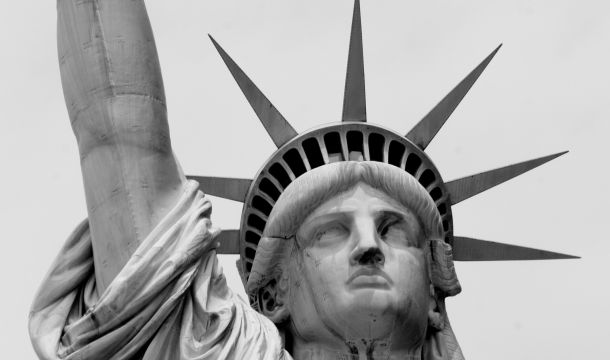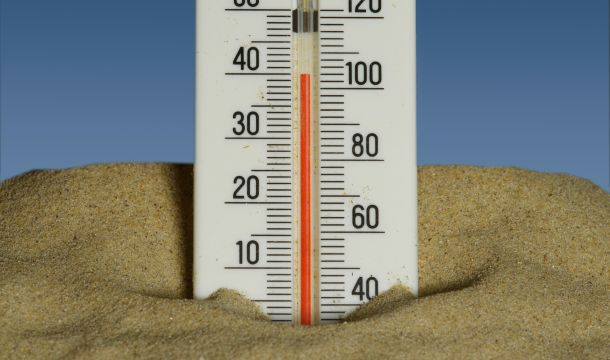Walk-Around Rule Allowing Union Reps to Accompany Safety Inspectors to Go into Effect
The U.S. Occupational Safety and Health Administration (OSHA) released its "Walk-Around Rule" in April, to take effect on May 31, 2024. The final Rule states that "workers may authorize another employee to serve as a representative or select a non-employee." The Rule says that the non-employee must be "reasonably necessary" to conduct an effective and thorough inspection in order to join an OSHA inspector. Such an employee representative could qualify "based upon skills, knowledge or experience," according to OSHA. In OSHA's separate Guidance Policy, the Guidance says there are no set requirements on how workers would determine their inspection representative, and final approval to participate rests with the particular OSHA inspector. The Guidance also allows union-affiliated representatives to wear clothing with union names and logos. Supposedly, an employee representative who discusses matters unrelated to the inspection may be barred from accompanying the inspector.
Various strategies have been suggested as to dealing with the issue of these third-party representatives. One idea is to ask the inspector what skills the person brings to the inspection, and why they are necessary for the inspection. Since federal rules prohibit OSHA from notifying employers in advance of inspections, except in a few specific situations, it seems the same restriction should apply to workers and their "representatives," so the outside worker representative should not know of the inspection in advance and is thus unlikely to be present. The rule seems to limit the third-party representative's participation to the walk-around portion of the inspection, and not other aspects like document reviews. Wimberly Lawson partner Larry Stine suggests that employers who want have the right to use an aggressive approach since the employer has Fourth Amendment rights during OSHA inspections. If OSHA allows an unwanted guest on site, the employer could consent to the entry as to OSHA and deny entry to the unwanted guest. If the unwanted guest insists on a right to stay under the rule and will not leave, they could be given a criminal trespass warning. In doing this, it leaves OSHA with the choice to go to court to get warrants solely for the unwanted guest or to proceed on a consent inspection without the unwanted guest.
This article is part of our May 2024 Newsletter.
View newsletter online
Download the newsletter as a PDF
Related Content
Get Email Updates

Department of Homeland Security (DHS) is Terminating Family Reunification Parole (FRP) Processes

DHS is Terminating Temporary Protected Status for Ethiopia

Issues Regarding Employee Access to Their Personnel Files

Issues of Employer Access to Employees’ Personal Devices Such as Cell Phones, Etc

Settlement Agreement Wording Can Determine Tax Treatment



